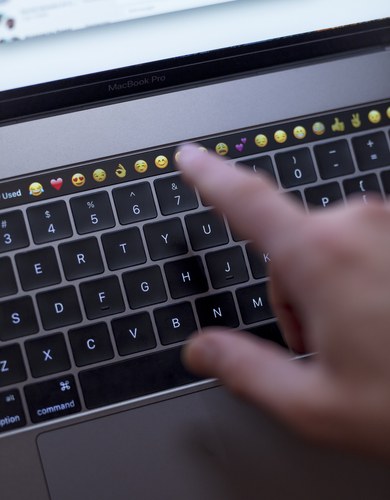Key Takeaways
– Chris Cuomo shared an obviously fake video of a lawmaker
– The video used AI to show the lawmaker cursing and insulting an actress
– Experts and users quickly pointed out the video was a deepfake
– The lawmaker asked writers to use critical thinking before reposting
– The incident shows the rising challenge of AI deception
Introduction
Former news anchor Chris Cuomo posted a video on the X social platform. He claimed that Representative Alexandria Ocasio Cortez spoke out on the House floor about a jeans ad. In his post he suggested that the lawmaker called the ad Nazi propaganda. He also added a comment about culture wars versus small business. However the video turned out to be a clear AI generated fake. This led many on social media to mock him and warn others of the danger of deepfake content.
Background on the Fake Video
Cuomo hosts a program on the NewsNation channel. On Wednesday he shared a video of Representative Alexandria Ocasio Cortez. The clip showed her using harsh language about actress Sydney Sweeney. It also claimed she cursed during a speech on the House floor. The video included a segment where she supposedly labeled a jeans ad as propaganda. He wanted to make a point about misplaced priorities in politics. Yet he did not check the authenticity before posting it.
Social Media Reaction
Almost immediately users pointed out the video was fake. They noted a label at the top that marked the clip as parody content. They also saw signs of AI generation in her voice and facial movements. Many felt the incident illustrated how quickly false material can spread online. In addition they mocked Cuomo for failing to spot an obvious parody. Responses ranged from polite corrections to harsh criticism. Some called for better content moderation on the X platform.
Representative Response
Representative Alexandria Ocasio Cortez herself addressed the post. She urged people to use critical thinking skills. She pointed out that reposting memes or unverified videos does not count as journalism. She highlighted that false clips can damage trust in public figures. She also encouraged followers to seek reliable sources before sharing. Her message underscored the importance of checking facts in the age of AI. By speaking out she aimed to remind readers that anyone can fall for a deepfake.
Expert and Public Warnings
Senator Brian Schatz also reacted on social media. He questioned why the fake video remained online. In his view platforms should remove deepfakes swiftly to avoid confusion. Technology experts have warned that AI can produce ever more convincing fake clips. They note that voice and facial recreation tools are now widely available. Moreover the cost of generating such content has fallen sharply. As a result many fear a rise in misinformation campaigns ahead of key elections.
The Deepfake Issue
Deepfake videos use artificial intelligence to manipulate audio and visuals. They can place real people into scenes they never took part in. They can also make them say words they never spoke. This raises serious questions about what can be trusted online. Viewers often assume videos are real because they see lifelike detail. Yet even experts can struggle to identify clever fakes. Therefore it is vital for both media outlets and individuals to verify content before sharing.
Importance of Critical Thinking
In this case critical thinking could have saved Cuomo from embarrassment. He could have checked the video source before reposting. He also might have looked for official transcripts of the speech. Furthermore he could have reached out to the lawmaker for confirmation. Simple steps like these can stop false clips from spreading. By pausing and asking key questions readers can fight misinformation. For example they can ask who made the video and why. They can also compare with trusted news reports.
Lessons for Journalists and Influencers
The incident offers a lesson for news writers and social media users alike. First confirm before you share especially with sensitive topics. Second avoid sensational claims without proof. Third label content clearly if it is parody or opinion. Finally stay humble when new technology challenges our trust systems. In other words good media practice and humility go hand in hand. In doing so writers can protect their credibility and uphold public trust.
The Role of Platforms
Social platforms have a key role in curbing deepfakes. They can develop better detection tools powered by AI and human reviewers. They can also flag or remove content that misleads viewers. Moreover they can partner with fact checking groups to speed up the process. In addition they can educate users about deepfake risks through prompts and banners. As a result users will learn to pause and think before they share. This collective effort can reduce the spread of harmful fakes online.
Conclusion
This episode shows how easy it is to be fooled by AI generated content. It also highlights the need for strong fact checking in the digital age. Moving forward writers and social media users must stay alert. They must question content that seems too outrageous to be real. At the same time platforms must step up to protect users from deception. Only then can we preserve trust in what we see and hear online.

